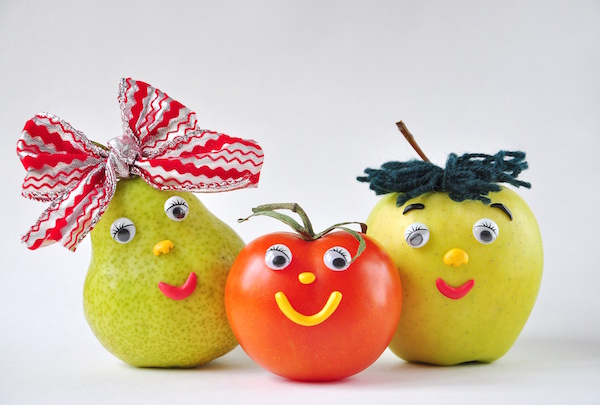
WEDNESDAY, May 30 (HealthDay News) — Scientists who were the first to fully sequence the tomato genome say their achievement is a critical step toward improving its yield, nutrition, disease resistance, taste and color.
The international group of researchers focused on a “Heinz 1706” tomato and found that it has about 35,000 genes arranged on 12 chromosomes.
“For any characteristic of the tomato — whether it’s taste, natural pest resistance or nutritional content — we’ve captured virtually all those genes,” James Giovannoni, the leader of the U.S. sequencing team and a scientist at Cornell University in Ithaca, N.Y., and the U.S. Department of Agriculture, said in university news release.
The full genome sequence, as well as the sequence of a wild relative, will appear May 31 in the journal Nature.
“Tomato genetics underlies the potential for improved taste every home gardener knows and every supermarket shopper desires,” Giovannoni said. “The genome sequence will help solve this and many other issues in tomato production and quality.”
This genome sequence will make it easier and less costly for seed companies and plant breeders to sequence other tomato varieties for research and development, he noted.
The sequencing of the tomato genome also has implications for other plant species. Fleshy fruits such as strawberries, apples, melons and bananas share some characteristics with tomatoes. Information about tomato genes could potentially be applied to these species, helping to improve food quality and security and reduce costs, Giovannoni said.
On average, each American consumes more than 72 pounds of tomato products a year, according to the USDA. Tomatoes are a $2 billion market in the United States.
More information
Visit the U.S. Department of Health and Human Services to learn about fresh produce safety.

